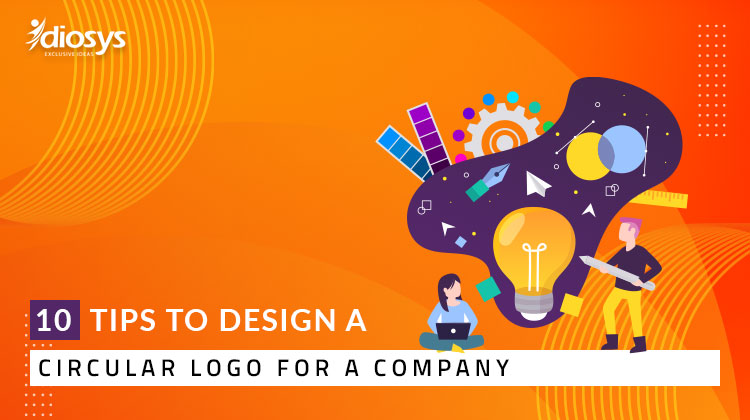
23 Sep, 2020
Are you developing a logo? It seems like a job that is simple enough, right? Draw a circle, type in the name of the business. You're done (I heard a designer say that). Sadly, if the money that the customer pays you is worth, it's even more than that.
In the logo design industry, a million logo Design Company now dispose of lousy logos in bulk for crowds of people. How can you stand out from the crowd as a professional severe and build quality logos that don't suck? Please read to understand. Do you have a circular logo design project in your middle? Don't forget to study our comprehensive logo design guide!
1. Using Double Sound Visual
A technique, a logo designer would like to call a visual duplex, is used by some of my favorite logos worldwide, a brilliant way of saying that he is wrapped in two images by the creative representation of a concept or idea. Logo designs using this technique are creative and unforgettable. Spectators enjoy the little mind game you play, and because of this, they are more likely to appreciate design.
2. The color is the primary key
The color palette is one of the main aspects of logo design. This decision is not superficial; color bears the meaning and conveys ideas. You're still bound to the brand's colors, but other times you're free to experiment. I also like to offer customers an accurate single color version, with black and negative space, over a grayscale model. Consider what the logo is for and whether or not different versions of the different case applications are needed.
3. Eliminate the stereotype
Some new fads come in logo design every few years or so. I am personally interested in researching design patterns, and I might even be told to hop on a couple of bandwagons to stay up to time. Still, I wouldn't say I like it with logos when a group of developers uses the same idea. Do you know what's good and bad about the new logo design trends? Comprehensively. Will you have to execute them in the letter? Not at all.
4. Make it available
But you nevertheless listen to that in the ads. The definition is undoubtedly essential and closely related to the preceding tip. Instead, you can aim for something easily identifiable rather than joining the crowd by using a cliché. Consider whether the design is generic or original when you design logos. Note, usually the first concept is the most popular. Try to fill out one or more notebooks with some rough drawings before you select which ideas to adopt. You can also hire a logo designer.
5. Everyone loves the kind of custom
While we are unique, almost nothing can generate an unusual sensation for your logo, like a beautiful custom lettering. It takes a real ability to imitate custom hand drawings!
6. Leave it simple
Let's face it; not everybody can bust a handsome, lovely screenplay on a chance. Only because you are an artist, you aren't an incredible illustrator or typographer (but it helps). Fear not, if you suit in this definition, you can't make great logos. Recall these four strong words in this situation: keep it dumb! The business world is dominated by easy but dependable logos that often prove to be the best symbols to stand time tests.
7. Take the proportion and symmetry.
Certain people will learn about the proportion and symmetry. But if we eliminate the mad, some major lessons can still be learned.
8. Consider negative space
The old trick of using negative space cleverly in a logo is in the same vein as a double entendre.
9. Active versus Passive
The idea for instilling movement or a sense of action into a logo is a fascinating dimension of a logo design I recently considered. This doesn't always suit (like the Apple logo), but at times it does give a logo the boost it needs both visually and conceptually.
10. Know what it is
As a designer, it is nice to show a customer how much research and research have been put into a logo. There's a story on a good logo. Much beyond just a description, solid logos, both visible and secret, are full of meaning.

